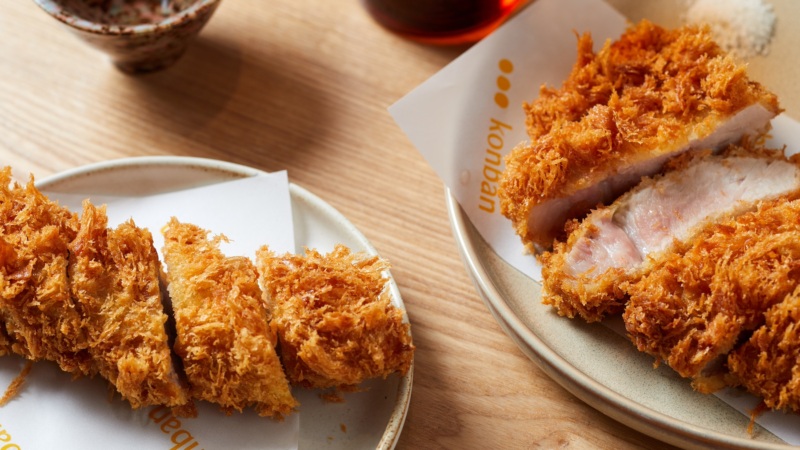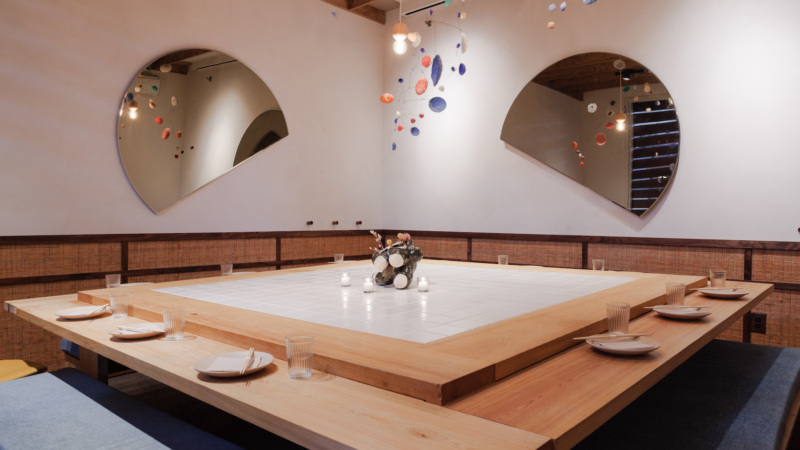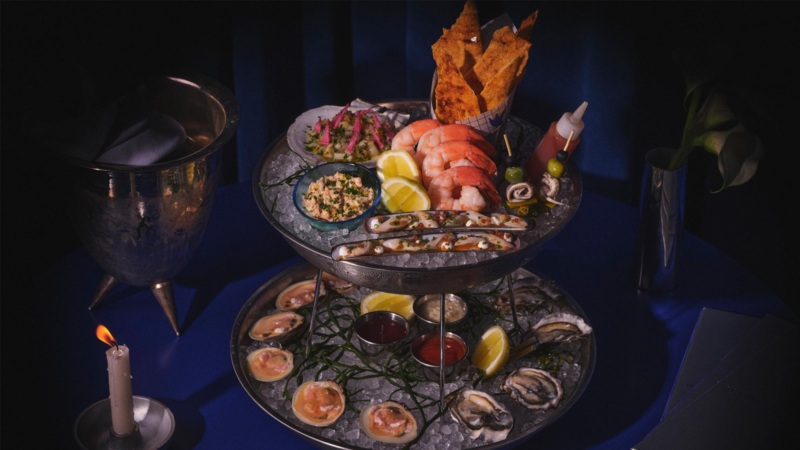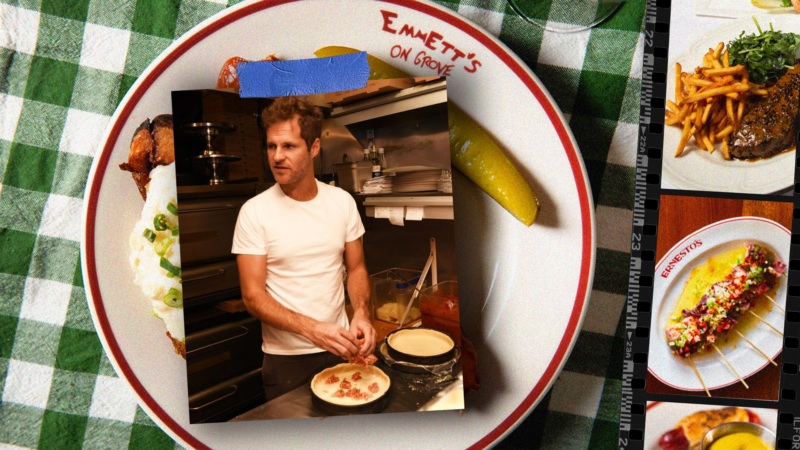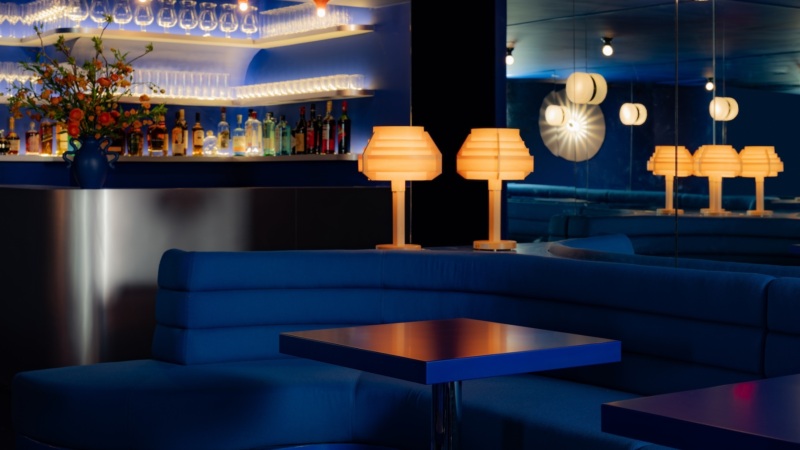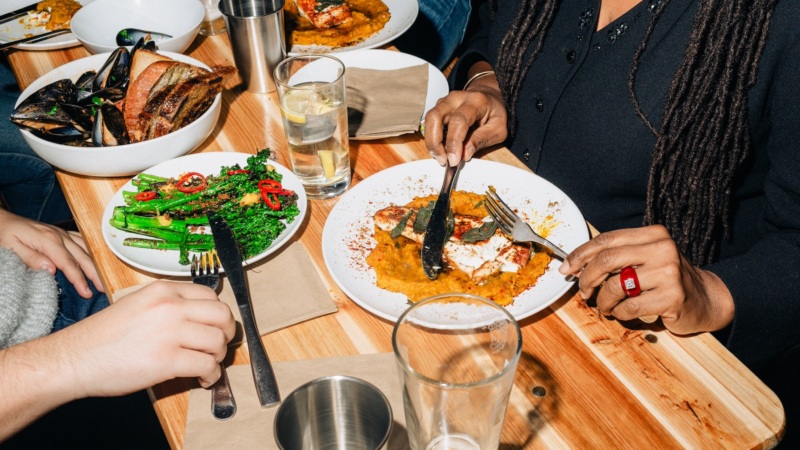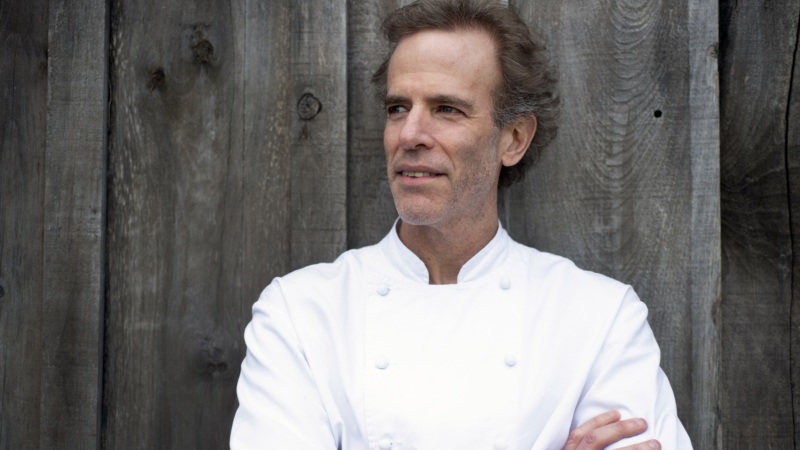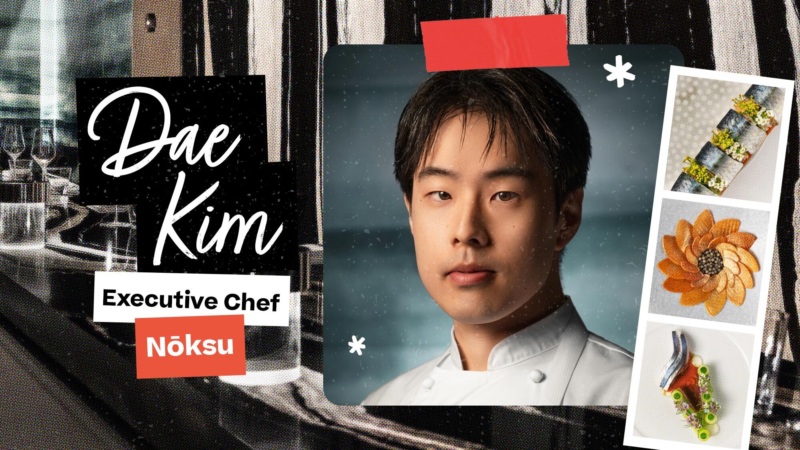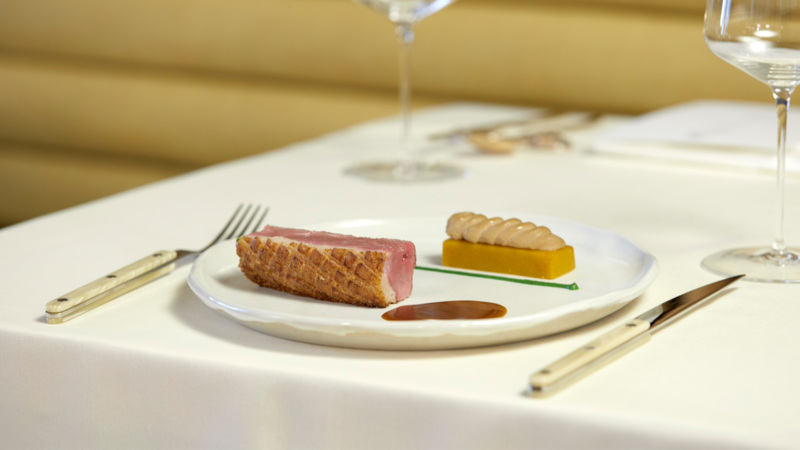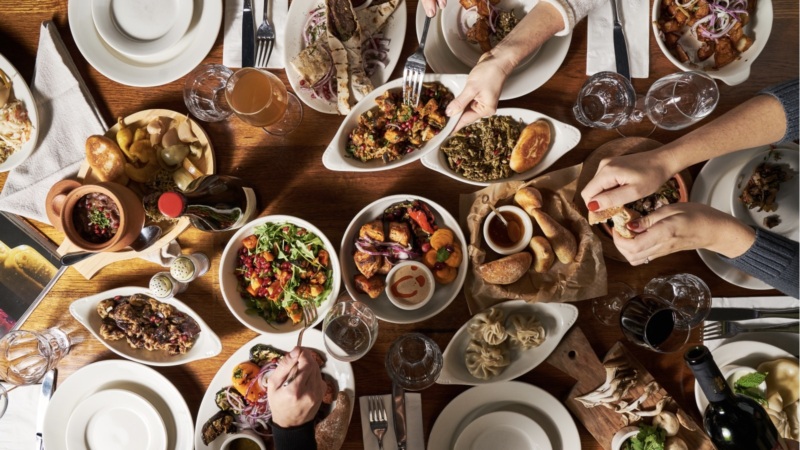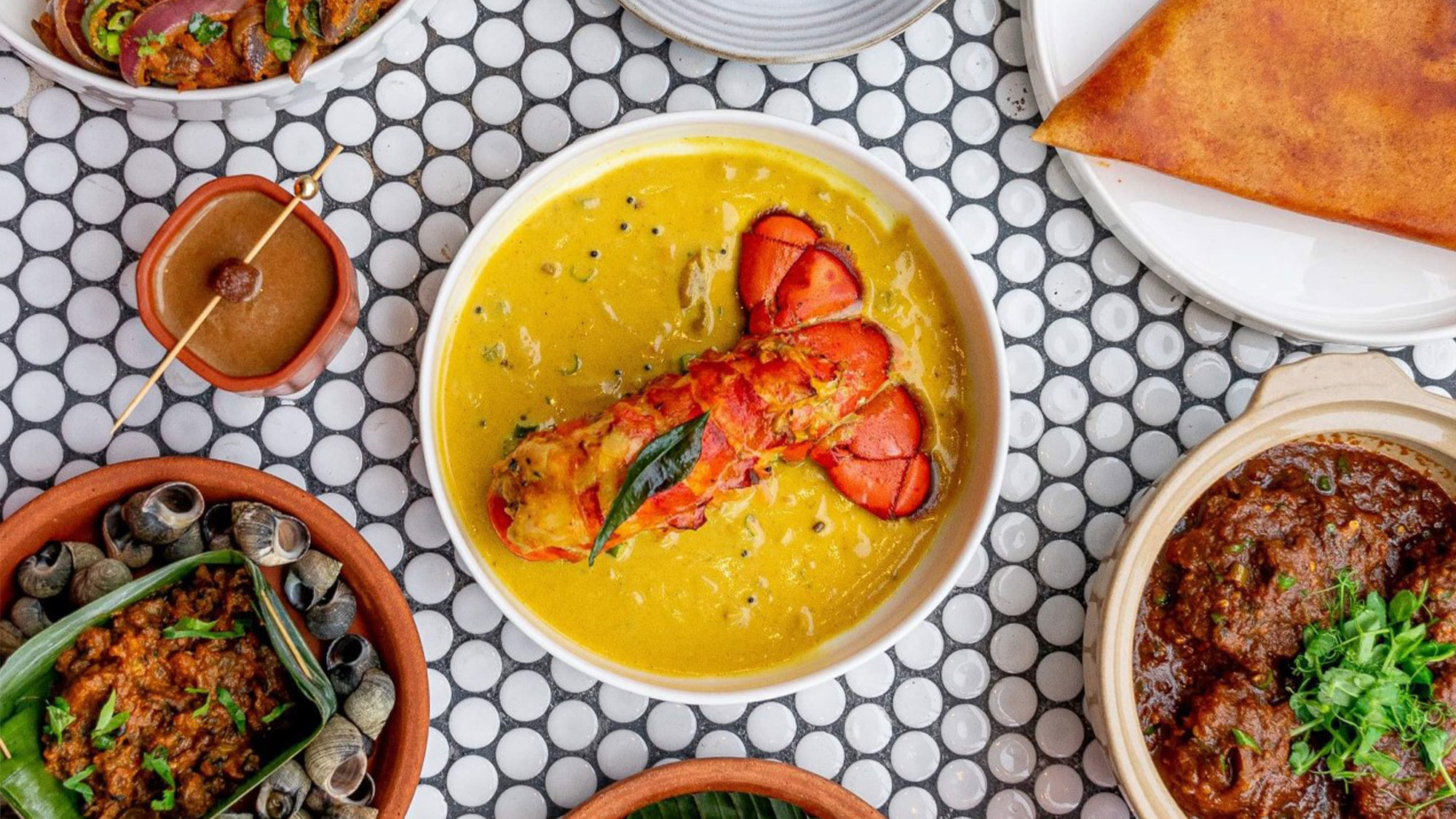
Welcome to Semma, the Latest Hit From the Same Team Behind Dhamaka and Adda
Before you go to a restaurant, what do you want — or need — to know the most? In our series The Rundown, we’re sharing all the essentials about Resy restaurants, from our newly opened and go-to’s, to soon-to-be-favorite spots.
Here, we’re zeroing in on Semma, the new restaurant from the brilliant team behind Adda and Dhamaka, whose unapologetically Indian ethos runs deep. Located in the same space as their very first restaurant, Rahi, Semma is chef Vijay Kumar’s very personal ode to southern Indian cuisine, and it will completely make you rethink everything you thought you knew about this regional cuisine (case in point: snails don’t solely belong to the French).
Here’s everything you need to know about this exciting new opening.
1. Rahi is dead, long live Semma!
According to Chintan Pandya, executive chef and co-owner of Rahi, Adda, and Dhamaka, Rahi was at its peak when he and co-owner Roni Mazumdar decided to do a full 180 and permanently close their first restaurant.
As the West Village’s answer to modern Indian cuisine, Rahi melded Indian staples with global influences to critical acclaim when it opened in 2017. The knockout duo even acknowledged Rahi was their most profitable restaurant yet. So, why build an entirely new concept in its place?
“We loved Rahi. A lot of people think something must go wrong for you to make a change,” says Mazumdar. “But no, I think you evolve. Once we understood New Yorkers are actually curious to understand what’s behind the curtain of our culture, it couldn’t’ve been more exciting [to open something new].”
Mazumdar and Pandya wanted to continue the narrative and the mission they’ve built with Adda and Dhamaka: empowering the Indian American community through food that takes pride in its most authentic, unapologetic self. In other words, to change the face of Indian food in America.
“We interviewed a lot of people to help Rahi, but we never connected with anyone,” says Pandya.
Then, they met Vijay Kumar.

- New York’s Dhamaka Wants to Change Everything You Know About Indian Food
- Photos: Behind the Scenes at New York’s Dhamaka
- Ten Essential Restaurants Across America, Fall 2021 Edition
- An Ode to Family Meal
- Immigrant Restaurants Are the Soul of New York City — And Also a Life Spent Here
- Jackson Diner Sparked an Indian Cuisine Revolution in Queens
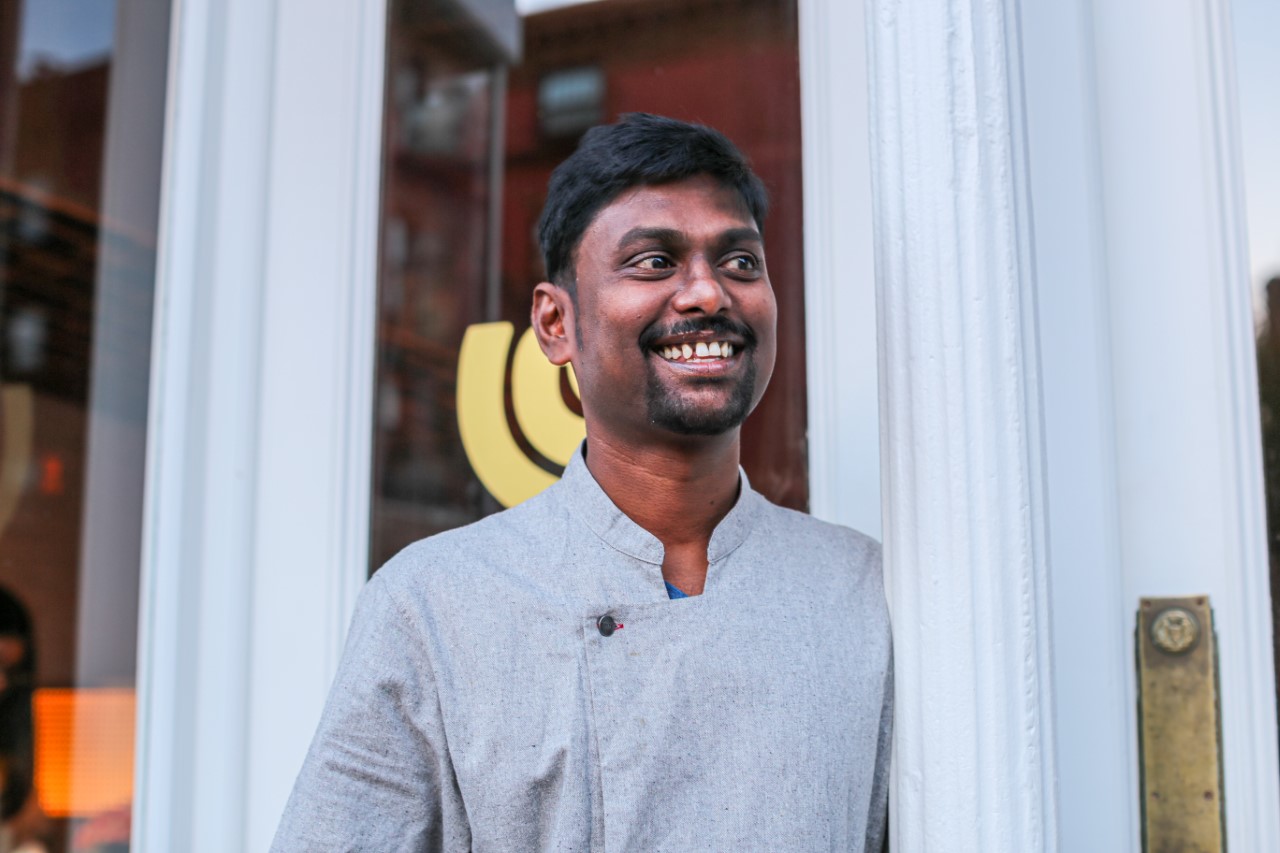

2. Semma’s chef is on a mission.
Vijay Kumar grew up on his family’s paddy field in the southern Indian state of Tamil Nadu. After working in kitchens the world over, from Chennai to Richmond, Va., he eventually headed to California in 2009. Most recently, you’d have seen him heading the kitchen at Rasa, a modern Indian restaurant that held a Michelin star for five consecutive years in Burlingame, Calif.
When Dhamaka opened in New York this February, its renown trickled all the way to the opposite coast. Kumar was impressed, and when he flew into New York to meet with Mazumdar and Pandya, something clicked — the duo saw a chance to present “what a real Indian perspective might be for Southern Indian food,” says Mazumdar.
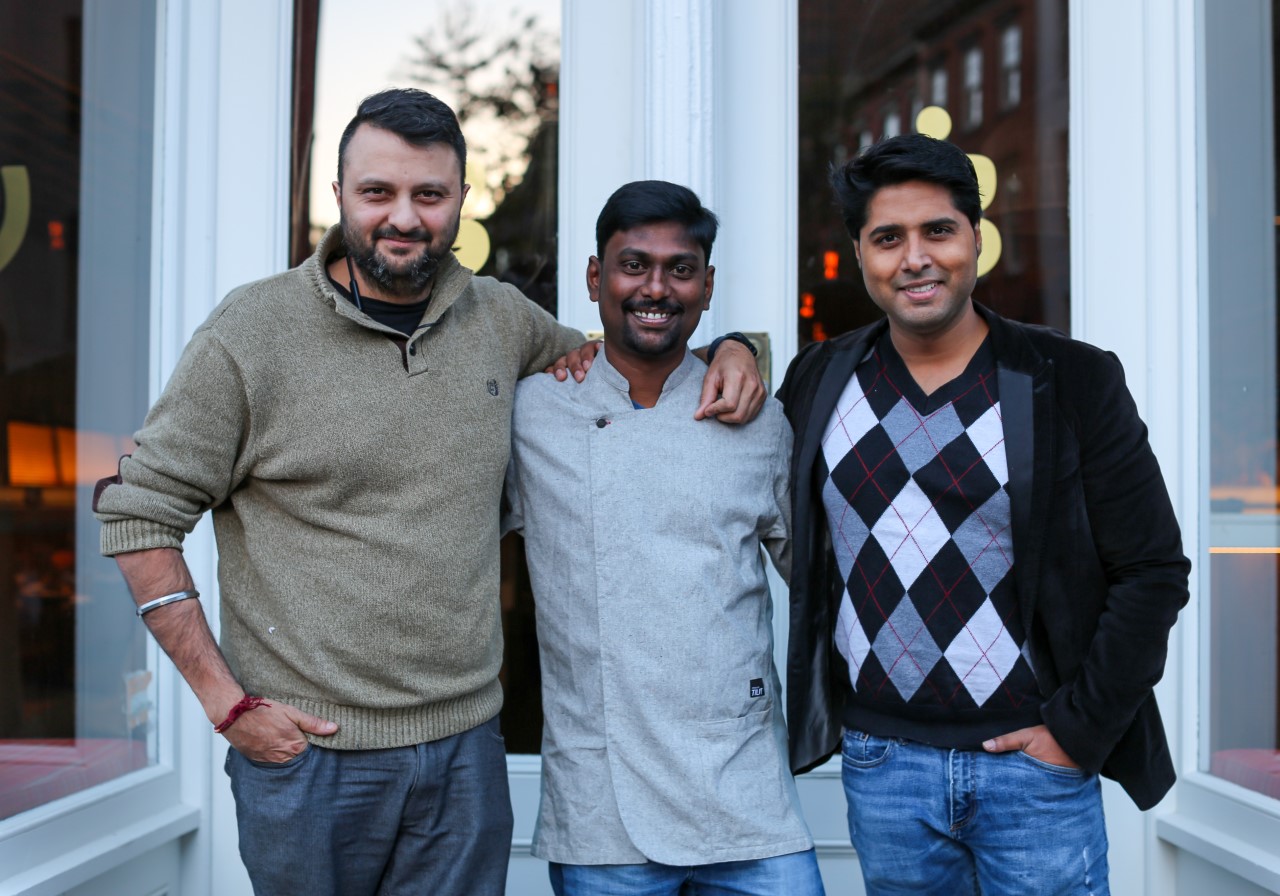
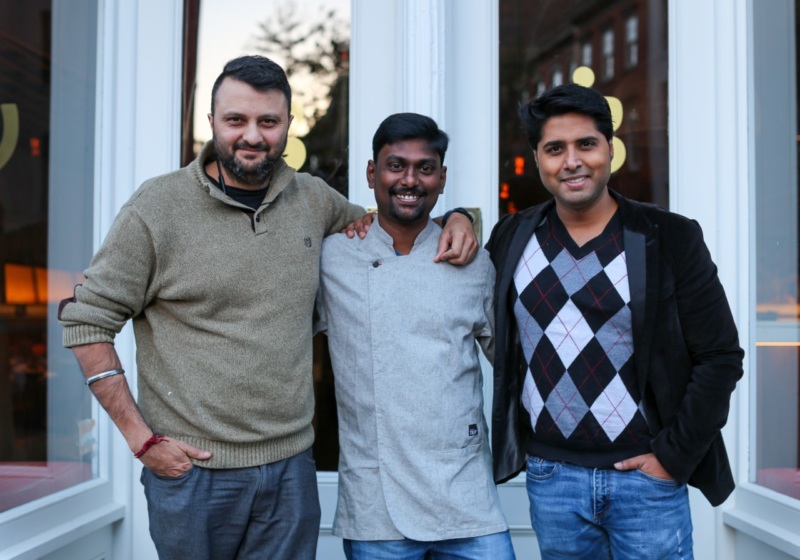
With Kumar in, they decided to focus on a particular region of India for the very first time. While Adda and Dhamaka are pan-Indian, Semma pulls from India’s five southern states of Karnataka, Tamil Nadu, Kerala, Andhra Pradesh, and Telangana, thanks to Kumar’s vast understanding of the region. They also chose to rename Rahi to “Semma,” which is Tamil slang for “fantastic” or “wonderful.”
To Mazumdar, Indian food has suffered a fate that is all-too-well known to immigrant cuisines in America: you’re either pressured to “elevate” it with more widely accepted, often westernized ingredients or techniques, or you’re relegated to the sidelines as a hole-in-the-wall doing its authentic thing.
“[The feeling that] our own culture is not good enough, we genuinely suffer from that insecurity as a community,” he says.
Kumar has felt that insecurity, too, but is incredibly excited by the opportunity that Semma presents: to celebrate the food he’s known all his life.
“A lot of our cultures, food, and some memories will be forgotten” otherwise, he says. “There are a lot of amazing [dishes] in our own cuisine, which we didn’t even think to bring up to the limelight.”
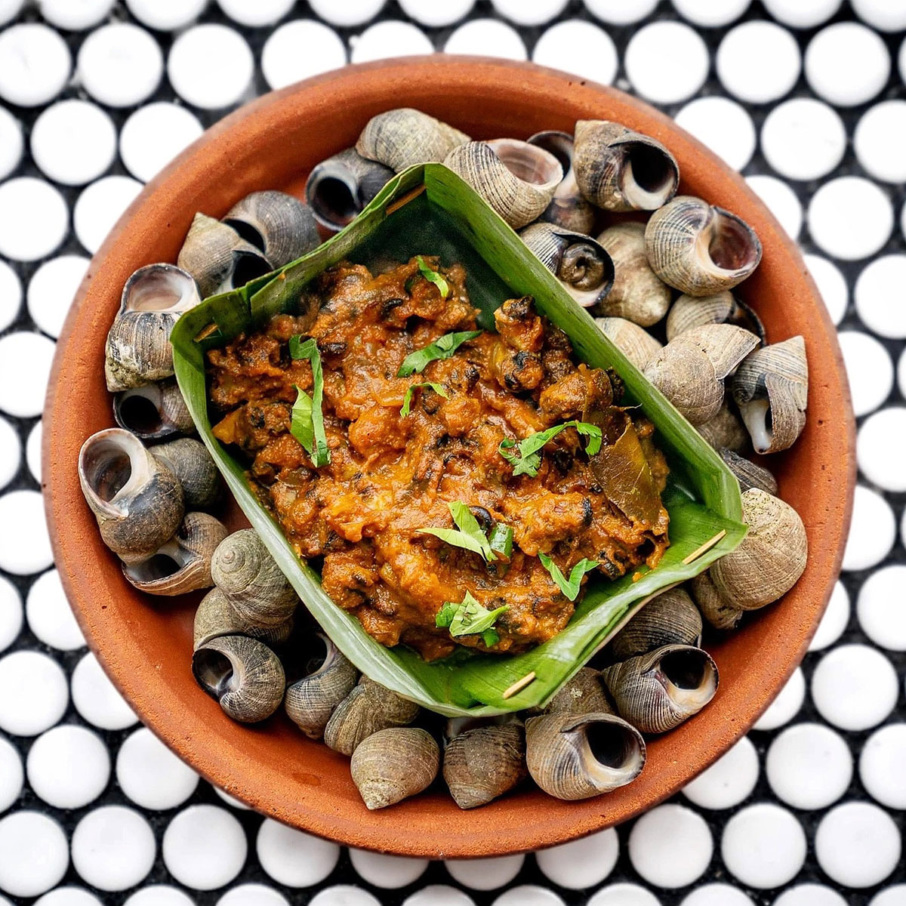
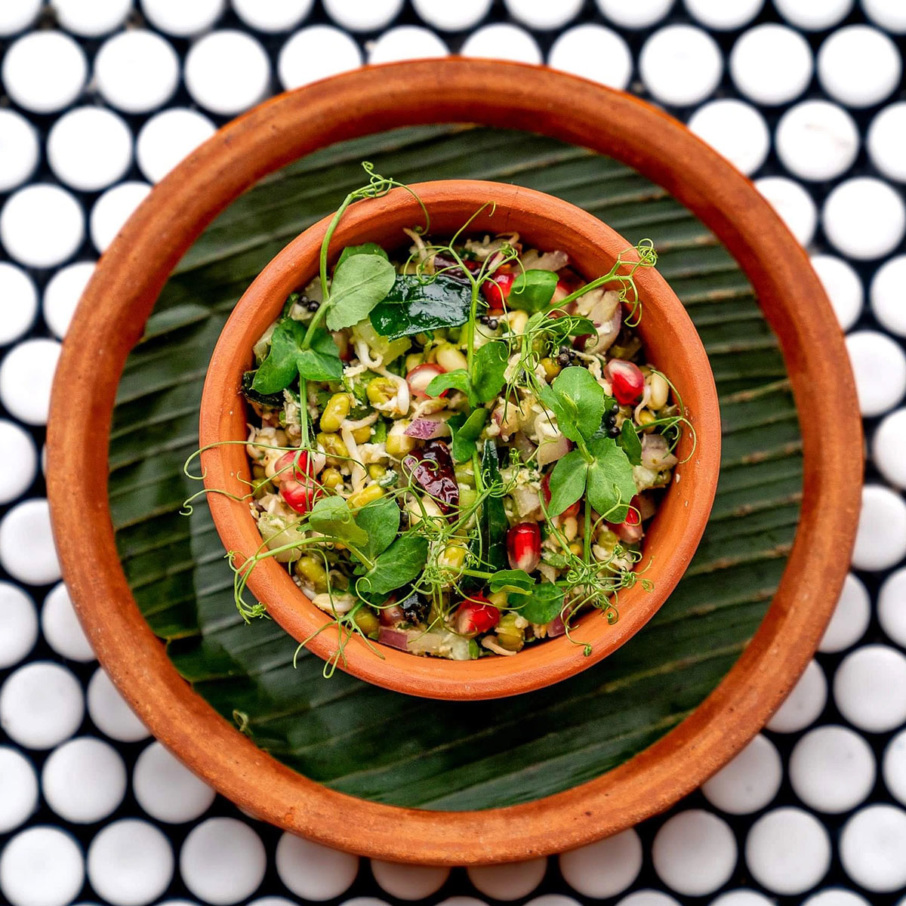
3. You’ve likely never seen southern Indian dishes like this before.
Though Pandya and Mazumdar acknowledge the existence of Goan restaurants far and wide, Semma may very well be the first restaurant in the world (yes, even in India) to offer such an undiluted, in-depth look at southern Indian cuisine.
“You will not find basmati rice. There’s no mango lassi,” says Pandya. Instead, you’ll find ponni rice, which is specific to the region and the very same variety that Kumar’s family grew (and still grows) on their rice paddy.
And therein lies the beauty of Semma: it’s an amalgamation of chef Kumar’s life story and memories, and the menu is peppered with his personal anecdotes.
Take the nathai pirattal dish, in which Long Island snails are beautifully laid out with ginger and tamarind — it’s a tip-of-the-hat to the snails Kumar’s family would pluck from their paddy fields and cook.
A dish featuring goat intestines, kudal varuval, is a wink to how his mother would haggle to get the offal cut for free at the market. “That’s a very Indian mom thing,” jokes Pandya. A refreshing sprouted mung bean starter takes a cue from Kumar’s after-school meals, while the Uzhavar Santhai poriyal, a dish of sautéed vegetables Kumar’s mother would make, is named after the rural farmers market his family frequented.

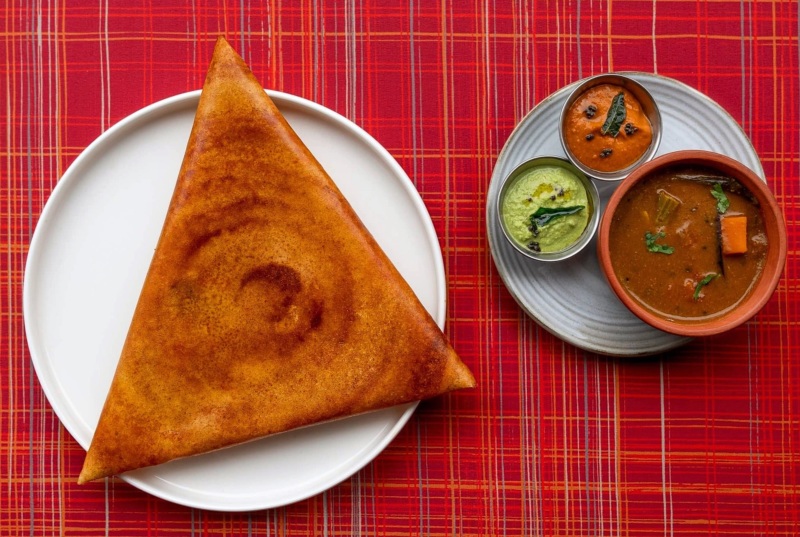
But the one dish that means the most to Kumar is a venison dish with star anise and black stone flower: the Chettinad maan kari. It’s a dish his grandparents, who lived in a very rural area, would make after they took Kumar and his siblings hunting.
“[They cooked] everything in a mud pot, no electricity, no refrigerator, no wet grinder — it’s very hard to create by hand. But the memories are striking, like, I wish I could have the exact same dish. I’m trying to replicate it — I can’t get it to be exactly how [my grandmother] used to do it — but those are the memories that are really personal to me,” he says.
For Mazumdar, the standout dish is the shared Dungeness crab for two, a very lengthy and traditional preparation in which a whole crab is cooked in a gravy-like sauce of fresh coconut, caramelized onions, tomatoes, and spices roasted in house. For Pandya, it’s the dosa — the team splurged on a commercial grade grinder just for it, and he believes Semma makes no less than the best one in America.

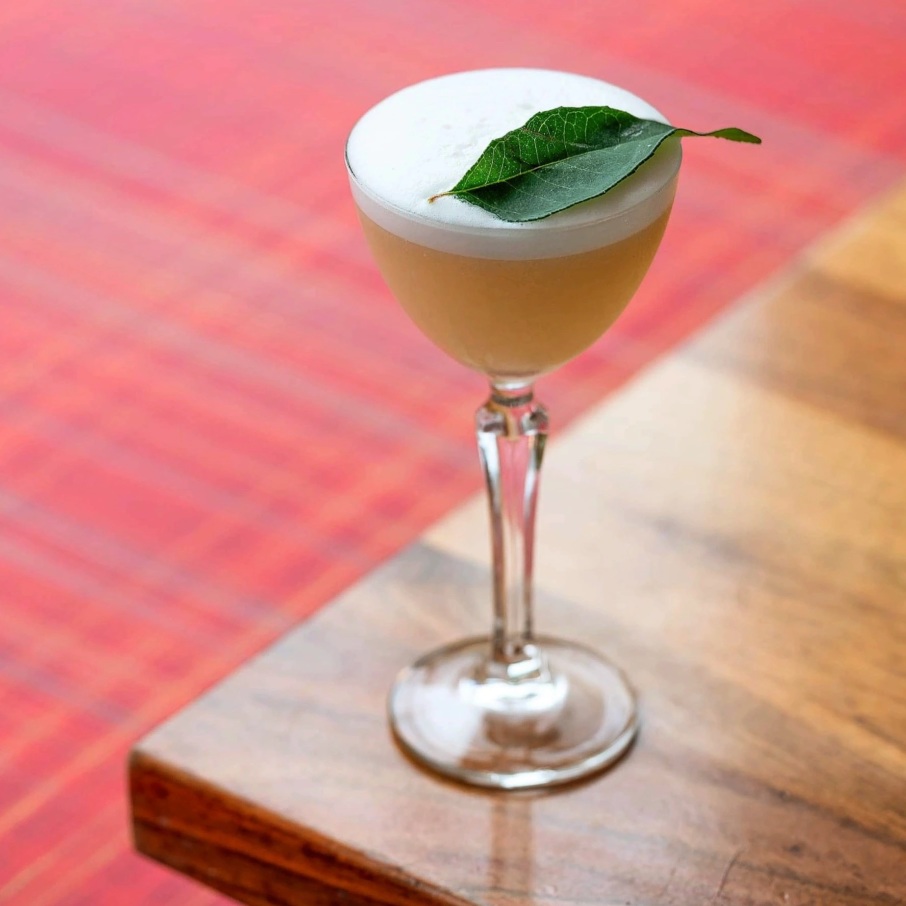
4. Don’t sleep on the cocktails.
The team’s had a lot of fun with them.
Overseen by Yesseni Alvarez (the bar director who’s also behind the drinks at Dhamaka), the cocktail menu stays true to southern Indian culture. A concoction of vodka and jackfruit purée is named after the local name for jackfruit (the Palappallam). The Aiyo! — a southern Indian expression for “oh crap!” — is a mixture of mezcal, red chile, tamarind, and lemon. The Whistle Podu, a curry leaf cocktail, is the slogan of local cricket team in Chennai, the capital of Tamil Nadu.
“I feel that is one of the best cocktails as a group we have created ’til now,” says Pandya of the Whistle Podu.
5. Even the space was fully redesigned.
Semma’s space is also full of little details that nod to life in southern India.
“We’ll see that in a lot of smaller settings,” says Mazumdar of these details. “But it’s something to celebrate — something that makes absolute, beautiful sense.”
The ceiling is inspired by the thatched roofs you’d find in every houseboat in Kerala. Raw wood and custom handmade caning speak to the materials often used in this warmer, closer-to-the-tropics area. As for the chairs, you’d have last seen them in Indian government offices in the ’60s and ’70s.
“The goal here isn’t to tell you this is the most luxurious restaurant,” says Mazumdar. “For us, luxury is sharing a piece of our memory with you.”
And that, they do.
Semma is open for dinner Tuesdays to Sundays from 5 to 10 p.m.




